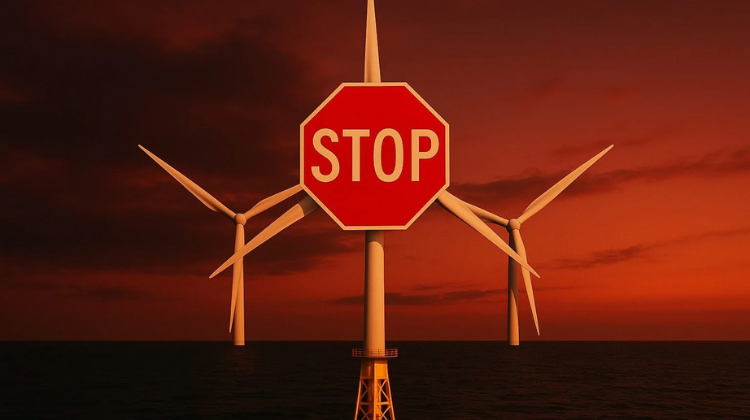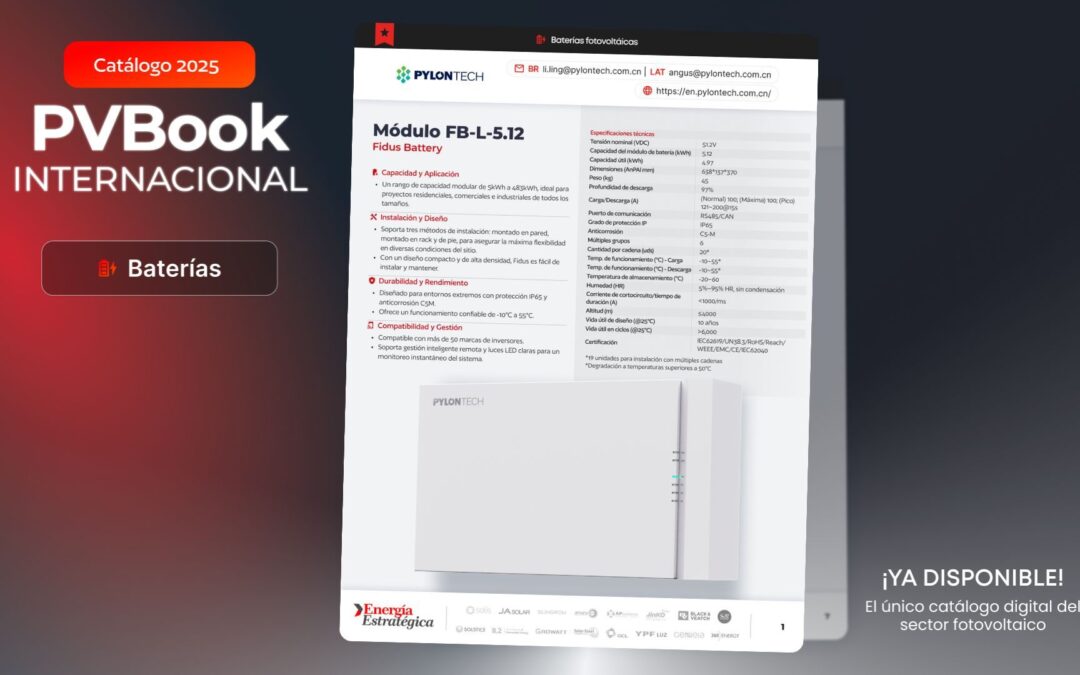The 2025-2034 National Electricity Grid Development Plan was the focus of today’s meeting in Bari between Terna and the Puglia Region, which focused on strategic interventions planned for the region. Terna presented the contents of the regional plan to Raffaele Piemontese, Vice President of the Regional Council and Councilor for Budget, Serena Triggiani, Councilor for the Environment, and the directors and managers of the Economic Development and Environment and Landscape Departments. The plan allocates €3.2 billion over the next decade, placing Puglia second in Italy in terms of electricity grid investment.
Among the key topics discussed is Efficient Territorial Planning, an innovative model for the coordinated and sustainable management of growing connection demands. Its goal is to ensure the synergistic development of generation and/or consumption plants and the related network infrastructure required for connection to the National Transmission Grid, minimizing system costs and the infrastructure’s impact on the local area.
Alongside this approach, the Plan envisions the implementation of strategic projects designed to increase system security, transport capacity, and the integration of renewable sources, thus contributing to reducing grid congestion and achieving decarbonization objectives.
The National Electricity Grid Development Plan 2025-2034 offers a long-term vision, addressing grid needs and aiming to develop innovative infrastructure to increase transit capacity between market segments and maximize energy exchange.
The planned interventions aim to strengthen the stability and security of the national electricity system, while promoting market integration through enhanced interconnections with other countries.
The Puglia Region’s electricity system has a primary transmission system consisting of two 380 kV backbones between the Foggia and Galatina power stations and additional 380 kV power lines connecting the Puglia grid to the neighboring regions’ grids as well as to the Greek grid via the Gr.Ita link.
Among the major projects planned in the Region is the Adriatic Backbone, which will connect Foggia and Forlì, strengthening the Adriatic corridor for energy transit and allowing for a substantial increase in exchange capacity. The direct current power line will use HVDC (High Voltage Direct Current) technology and will allow for greater integration of the renewable capacity expected in the coming years, ensuring a more stable, robust, and sustainable grid.
As part of its interconnection projects, Terna launched a public consultation in October 2023 for the GR.ITA.2, the new direct current power line between Italy and Greece. The results were presented to stakeholders in January 2024.
The connection will consist of two submarine cables approximately 240 km long and with a capacity of up to 1,000 MW between the landfall in Puglia (Melendugno) and the landfall in Greece (Thesprotia), and two 50 km long direct current overland power lines connecting the Galatina substation to the Melendugno landfall.
The project will allow for the safe management of the entire southern area and promote efficient energy supplies, thanks to the possibility of unlocking new resources through electricity market coupling and maintaining energy exchange between the two countries even during maintenance.
Terna manages over 4,000 km of high and very high voltage lines and 61 electrical substations in Puglia.































